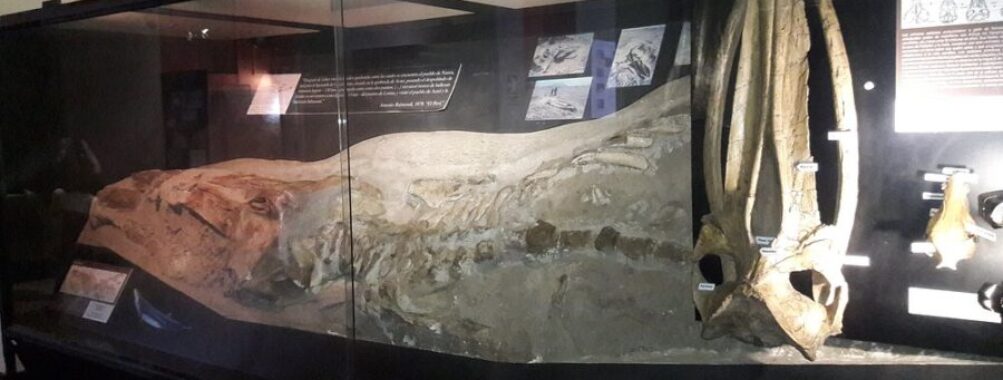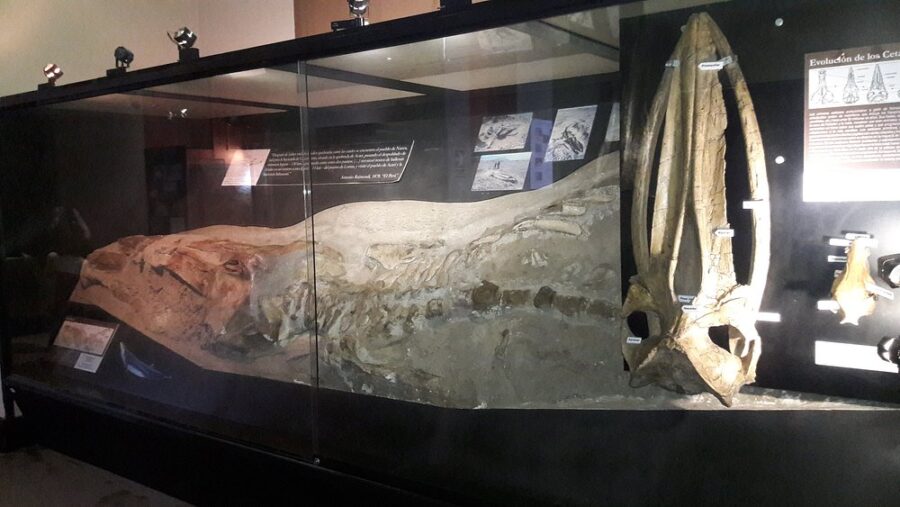
Museo de Historia Natural
Table of Contents
History and Significance

And so, let’s dive into the fascinating past of this significant institution. The Museo de Historia Natural, or the Museum of Natural History as you might know it, officially opened its doors in 1918. It was a pivotal moment for Peruvian science, representing a burgeoning interest in understanding the country’s unique flora and fauna. Originally, the museum was located elsewhere, but it eventually found its enduring home at Av. Arenales 1256, in the heart of Lima. The building itself exudes a certain historic charm, making your trip a step back in time even before you enter. It’s truly a cultural center for the study of natural science, and its foundation laid the groundwork for generations of scientific exploration in Peru. The museum’s significance cannot be overstated. It’s part of the esteemed National University of San Marcos (UNMSM), one of Latin America’s oldest universities, which lends it immense academic gravitas. My guide for this trip, a local enthusiast, emphasized how vital this connection is. The initial collection consisted of samples painstakingly gathered from various regions, including a notable series from the Department of Junín, meticulously documented and described since 1920. This museum doesn’t just display specimens; it preserves a vital part of Peru’s natural heritage and serves as a crucial resource for research and public education.
Main Attractions and Activities
Now, let’s talk about what awaits you inside. The Museo de Historia Natural is divided into several main areas, each offering a unique glimpse into Peru’s incredible natural world. You’ll find comprehensive departments dedicated to zoology, showcasing a vast array of the country’s diverse fauna, from the smallest insects to the most majestic mammals. And then there’s the botany section, which is a vivid display of Peruvian flora, a vibrant palette of plant life that always amazes me. It’s like stepping into a living textbook. One of the things I always recommend is to take your time in each section. Don’t rush! The museum’s collection is simply immense, with each specimen telling its own story. For a good photo opportunity, and trust me, there are many, try to locate the larger, more dramatic displays; they make for fantastic shots. While I won’t give away all the surprises, know that you’ll encounter everything from ancient marine life to impressive dinosaur skeletons. This isn’t just a static display; it’s an active center for learning, drawing both local families and international visitors. You won’t find a better place in Lima to truly immerse yourself in the natural wonders of Peru.
Visitor Experience
For me, the visitor experience at the Museo de Historia Natural is always a highlight of any trip to Lima. Walking through the doors of the building on Av. Arenales 1256, you immediately feel a sense of discovery. The exhibits are thoughtfully curated, making the vast collection of Peruvian natural wonders accessible to everyone. From the moment you step in, you’re on a journey through Peru’s incredible biodiversity, exploring everything from ancient fossils to vibrant contemporary ecosystems. On my last visit, I spent ages just admiring the intricate details of the insect exhibits; truly, the level of preservation for each specimen is astounding. The Museum of Natural History is not just a place for passive observation; it encourages engagement, with displays that spark curiosity in both young and old. It’s a genuine cultural center for science education.
Tips for Visitors
When planning your visit to the Museo de Historia Natural, I have a few pointers that will enhance your experience. First, try to allocate at least two to three hours to truly appreciate the breadth of the collection. Rushing through the zoology and botany departments would be a disservice to the incredible flora and fauna on display. The museum, part of the National University of San Marcos, is well-organized, but a personal guide can offer deeper insights into specific exhibits, like the series of specimens from the Department of Junín described in 1920. And for those keen on capturing memories, remember to look for unique photo opportunities; some of the larger displays, particularly the dinosaur skeletons, are simply magnificent. Also, check their official website or TripAdvisor.com for the most up-to-date information on opening hours and any special exhibitions before you go.
Accessibility and Facilities
Accessibility at the Museo de Historia Natural is generally quite good, making it a welcoming destination for all. The building itself is historic, but efforts have been made to ensure visitors can navigate the museum with ease. Ramps and elevators are available, allowing access to the various exhibition areas and different floors where the collection is displayed. You’ll find clean restrooms and, often, a small gift shop where you can pick up a souvenir related to Peru’s natural history or a book on the diverse fauna and flora. While there isn’t a dedicated restaurant within the museum, its central location at Av. Arenales 1256 means there are numerous cafes and eateries nearby in Lima where you can grab a bite before or after your visit. It’s comforting to know that this significant center for natural science makes an effort to accommodate everyone interested in exploring Peru’s rich natural heritage.
Unique Features
And so, what truly sets the Museo de Historia Natural apart from other institutions you might visit? For me, it’s the sheer depth and breadth of its Peruvian collection. This isn’t just a generic natural history museum; it’s a meticulously curated showcase of Peru’s unparalleled biodiversity. You won’t find a more comprehensive collection of Peruvian flora and fauna anywhere else, making it a crucial center for science and research. I particularly appreciate how the museum highlights endemic species, those unique creatures and plants found only in Peru, giving you a real sense of the country’s ecological treasures. It’s a testament to the dedication of the National University of San Marcos, which oversees this invaluable cultural asset. The zoology and botany departments are especially strong, offering an incredible array of specimens, many of which have been part of the collection since its early days, even a series from the Department of Junín described back in 1920.
Overall Impressions
My overall impression of the Museo de Historia Natural in Lima is one of profound admiration and genuine fascination. This museum isn’t just a building on Av. Arenales 1256; it’s a living narrative of Peru’s natural evolution. Stepping inside, you’re enveloped by a sense of history, a feeling that you’re truly connecting with the past and present of this incredible land. The sheer volume of specimens, from ancient fossils to vibrant contemporary ecosystems, is simply breathtaking. It’s an invaluable educational resource, a place where curiosity is ignited and knowledge is shared freely. I always leave feeling a deeper appreciation for the intricate web of life, particularly the diverse fauna and flora that make Peru so special. It’s a definite must-see for anyone interested in the natural world, and it reinforces why I travel: to experience such rich, authentic cultural centers of learning.
Pros and Cons
Let’s talk brass tacks about the pros and cons of visiting the Museo de Historia Natural. On the positive side, the museum offers an unparalleled glimpse into Peru’s natural history, boasting an incredibly comprehensive collection of Peruvian flora and fauna. Its connection to the National University of San Marcos adds academic weight, ensuring the exhibits are well-researched and presented. The historic building itself, located at Av. Arenales 1256 provides a charming backdrop, and the accessibility features make it welcoming for many visitors. You’ll find unique photo opportunities, especially among the larger specimens, and it’s a fantastic cultural center for anyone interested in science. However, on the flip side, while the collection is vast, some displays might feel a bit dated compared to more modern museums. And while there are often guides available, a detailed description for every single specimen, particularly older series like those from the Department of Junín described in 1920, isn’t always readily apparent, which can leave you wanting more in-depth information without a specific guide.
Location
Places to Stay Near Museo de Historia Natural
Find and Book a Tour
Explore More Travel Guides
No reviews found! Be the first to review!